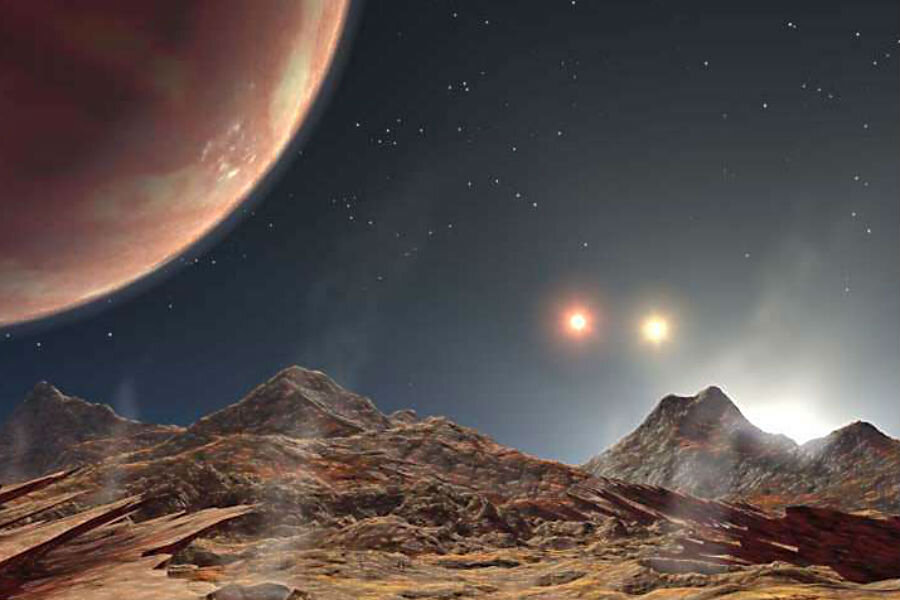My Three Suns: Lessons from bizarre new exoplanetary system
Astronomers recently made a discovery that puts Star Wars’ Tatooine, a planet with two suns, to shame.
Imagine a sunset 40 times as bright as the ones we experience on Earth. Now add two more sunsets, twins, each with a brightness similar to a bright full moon on a clear night. Scientists say that that is approximately what sunset would look like to a person standing on KELT-4Ab, a gas giant located 680 light years away from Earth, according to The Astronomical Journal.
As one of just four three-star systems known to scientists, offers new data and insights for astronomers studying the evolution and composition of such systems.
Scientists discovered the star system by using the Kilodegree Extremely Little Telescope (KELT), a set of two telescopes located in South Africa and Arizona. The KELT facilitates the use of the transit method of detecting exoplanets (planets not in our own solar system), by tracking how the sun’s light output appears to rise and fall as planets pass in front of it.
The star system where the three suns are located, KELT-4, has been known to scientists since 1973. However, scientists initially thought that the binary star pair was a single star, and that the system was a two-star system.
Scientists are interested in understanding the system’s three suns, massive KELT-A and smaller twin stars KELT-B and KELT-C, as well as its gas giant.
The gas giant, KELT-4Ab, which is similar to Jupiter in size and characteristics, orbits KELT-A every three days, notes Space.com. This gas giant is so close to the home star that its atmosphere is inflated by the heat, leading to the planet’s classification as a “hot Jupiter.”
In contrast, the other two stars orbit each other once every thirty days. They orbit the larger sun, KELT-A, and KELT-4Ab, every four thousand years. This large orbit is about eight times the size of former planet Pluto’s orbit around the sun.
KELT-A is the largest host star of any of the three-star exoplanetary systems yet discovered.
Although astronomers have not yet determined the composition of the gas giant’s atmosphere, it can could offer lessons to astronomers about the evolution of gas giants close to their home stars.
“The binary system KELT-4BC may be what ultimately drove the planet KELT-4Ab so close to its star,” the study’s lead researcher, Jason Eastman, a researcher at the Harvard-Smithsonian Center for Astrophysics, told Space.com.
Dr. Eastman also said that the existence of the system’s planet, KELT-4Ab, was a mystery. According to Eastman, “hot Jupiters” like KELT-4Ab are not supposed to exist, according to prevailing theories.
"Gaseous planets the size of Jupiter are supposed to form much farther out [from their parent star] and stay there, like our own Jupiter did," said Eastman. "Exactly how they got so close is an outstanding question, but one theory is that it migrates due to hot interactions with a third body — in this case, the third and fourth bodies KELT-BC."
Astronomers researching the star system will be aided by the European Space Agency’s Gaia satellite, which will measure the mass and radius of various objects in the KELT-4 system. It will also measure the orbit of the binary star pair around KELT-4A.
Scientists discovered the first three-star system in 2005. The discovery forced scientists to reevaluate their ideas of planet formation, as three-star systems introduce competing gravitational pulls that could impact planet formation.
This first three-star system, HD 188753, also contained a closely bound pair of stars, which researcher Maciej Konacki told Space.com functioned as a single entity. The system also contained a gas giant with a short (3.5 day) orbit around its home star.
Astronomers published their findings on the KELT-4 system in the Astronomical Journal in February.






